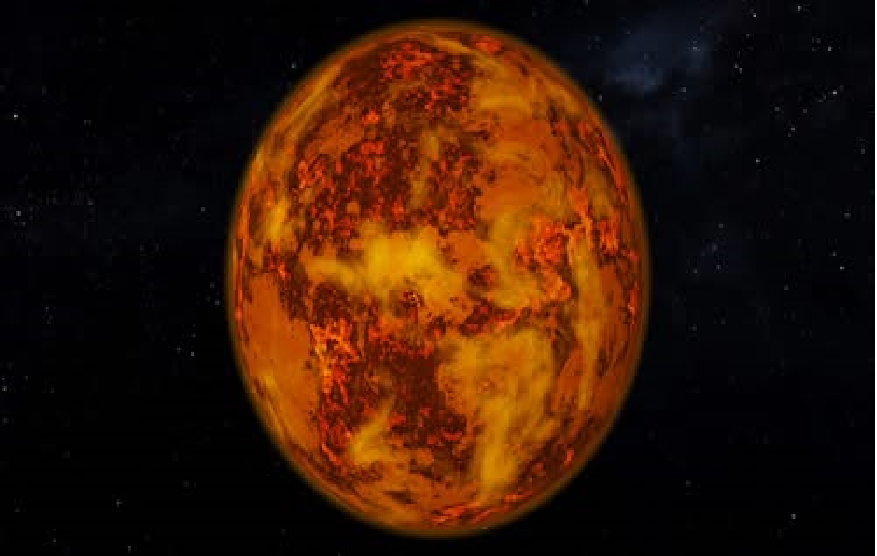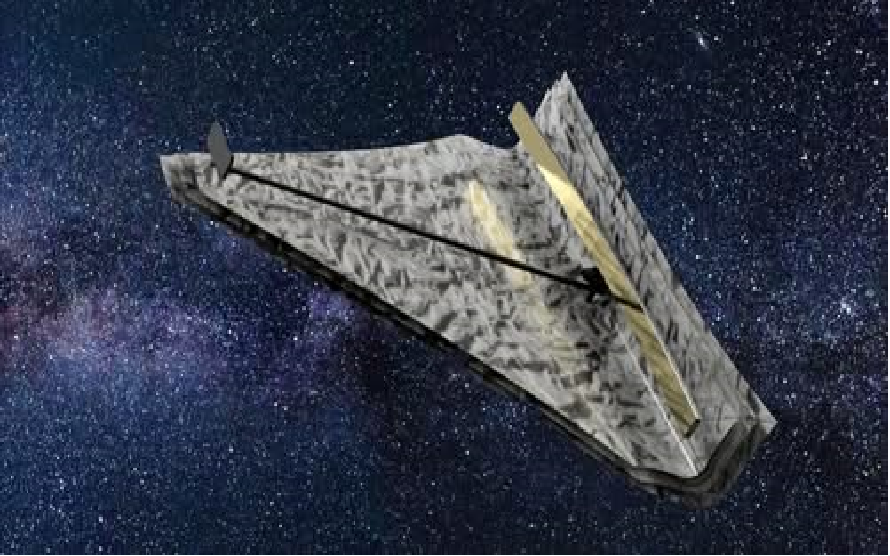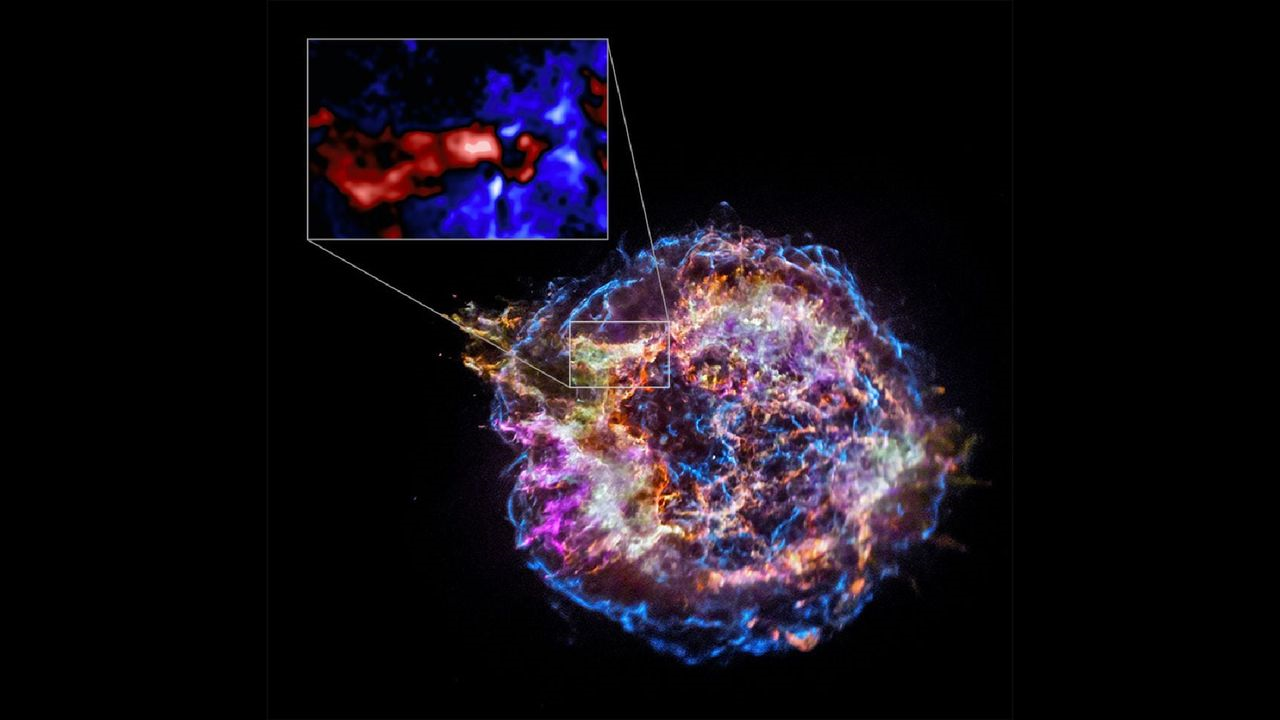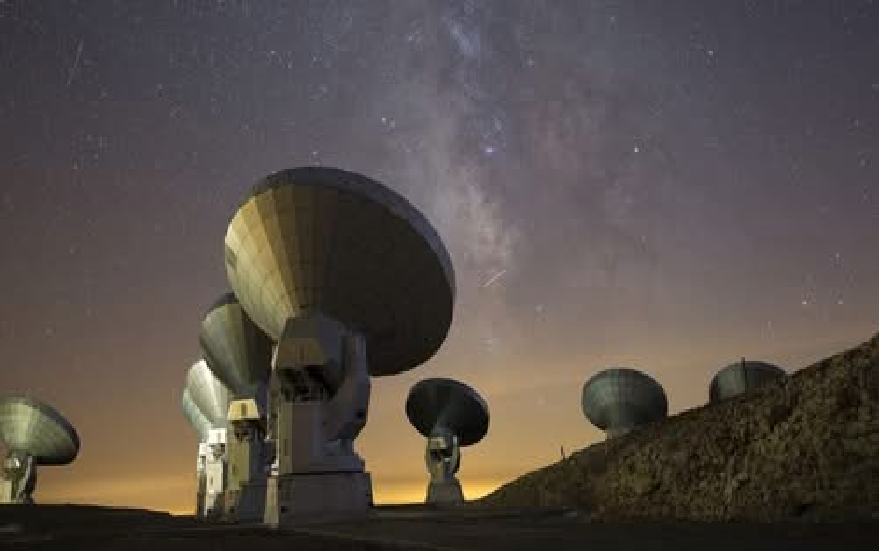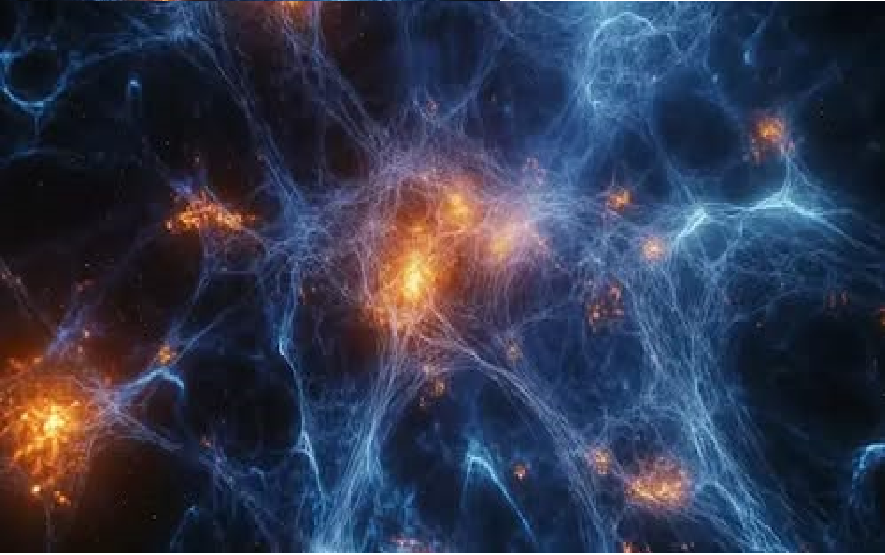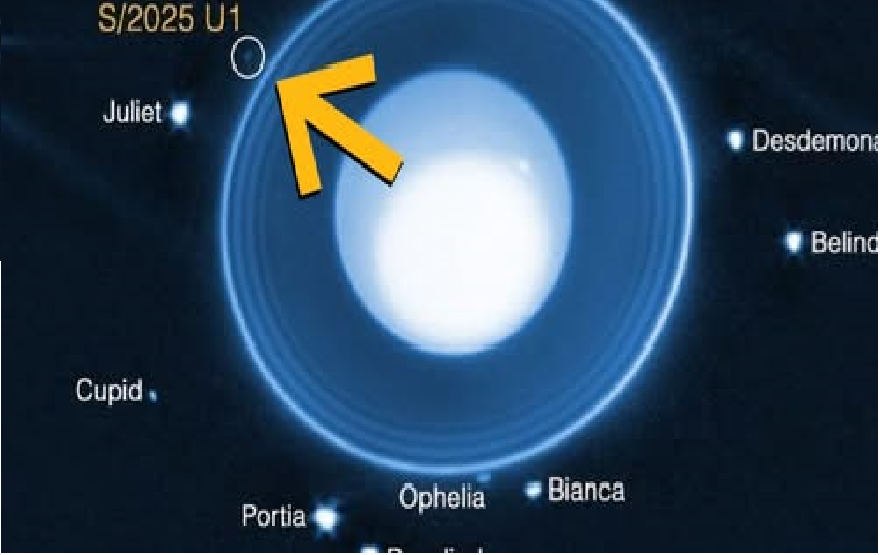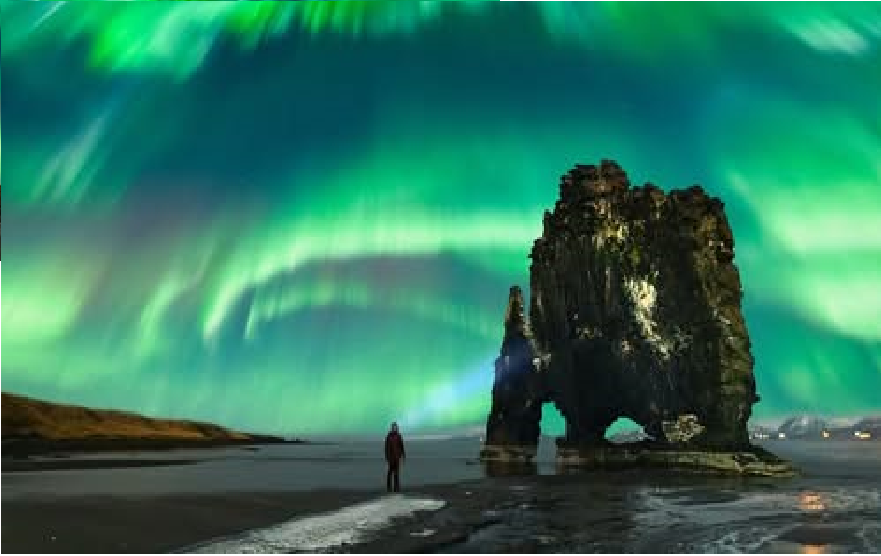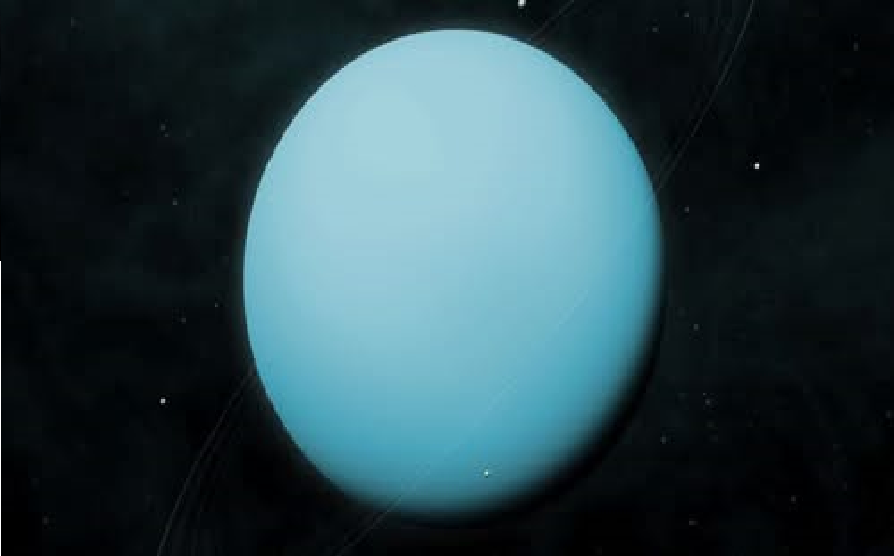Burning Object Found in Australian Desert Likely Fell From Space
A large chunk of burning detritus discovered in the Pilbara desert of Western Australia appears to be space junk that reentered Earth’s atmosphere, the Western Australia Police Force has announced. Mine workers alerted emergency services after discovering the mystery object on October 18 on a remote access road about 30 kilometers (around 18 miles) from […]
Burning Object Found in Australian Desert Likely Fell From Space Read More »

